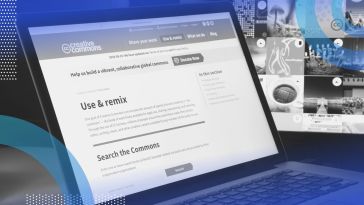Sort By
Most Recent
26 Articles
The words likelihood and probability are often used interchangeably, but they actually refer to two distinct types of measurement. Our expert explains the difference in detail here.
Creative Commons licenses are a new legal tool aimed at bringing copyright law into the digital age. Here, our expert explains how they work and weighs their pros and cons.
Stratified sampling is a method of data collection that offers greater precision in many cases. This guide introduces you to its methods and principles.
Ordinal data can be classified and ranked, whereas nominal data is categorized without any specific hierarchy. Let’s explore how these two data types stack up against each other and others.
Scope creep is a pernicious problem that can spike a budget and tank a project. Solving it before it begins is your best bet.
Too often, sloppy research methods return results that are mathematically supported but in no way reflect reality. To fix this problem, incorporate context in the form of prior assumptions.
Data-driven research is crucial to understanding the marketplace, yet the replication crisis suggests much big-data analysis may be worthless. Fortunately, a simple tweak to research methods can undo much of the harm.
To make effective risk assessments, you need to understand the difference between relative and absolute risk.
The proliferation of AI solutions has made big data all the rage, but you can probably find a less expensive way to generate useful, actionable insights.
You can compile all the data-driven analysis you like, but it’s useless unless someone in a position of power actually pays attention to it. Make sure you include the key ingredient to pique interest: context.
Despite astonishing technological breakthroughs, productivity has been relatively stagnant over the past two decades. Sussing out the reason for this stagnation offers a useful blueprint for future corporate investment.
A problem from econometrics illustrates the difference between artificial and human intelligence. Understanding tacit knowledge and the limits of AI is crucial to deploying it effectively and fairly.












